Prerequisites for the appearance of tanks: between desires and opportunities
The prehistory of armored combat vehicles of the "tank" type is customary to start from the ancient eras, recalling various military means (up to fighting elephants). At different times, a variety of mobile, defensive and armed systems were used to strengthen the army, but the tank in its modern sense appeared only at the beginning of the XNUMXth century. This was made possible thanks to the emergence of a number of necessary technologies and the need for such a technique.
Theory and Technology
According to the dictionary definition, a tank is a combat vehicle with a highly mobile chassis with developed armor and cannon and / or machine gun weapons. The tank is designed to fire mainly direct fire and defeat manpower, equipment and fortifications of the enemy.
Thus, to create tank several key components are required. The absence of some of them also allows you to get a certain result, but it will not be a tank in the generally accepted sense. Similar project results can be repeatedly observed in stories military equipment.
To create a tank, already at the concept level, armor, weapons, an engine and a chassis that meet certain requirements are required. To increase combat and operational characteristics, it is possible to supplement these components with various units and systems, which has been observed in recent decades.
In the context of modern knowledge of key components, it is worth considering the background of armored vehicles, as well as early projects of combat vehicles, which contributed to the formation of the familiar appearance of the tank.
Historical issues
The history of tanks is often elevated to the fighting elephants of antiquity and medieval siege towers. Indeed, such samples could protect fighters and increase their mobility on the battlefield. However, according to the characteristics and capabilities, the composition of the key components and the tactical role, both elephants and towers were not very similar to our tanks.
In this context, the project of Leonardo da Vinci’s combat vehicle dating from 1487 is much more interesting. The great artist and inventor proposed the construction of a self-propelled vehicle with a muscular drive, protected by wooden “bulletproof” armor and armed with several light guns. By car, even the commander’s turret was provided. In fact, in the Leonardo project, all the main components of this tank were present, albeit adjusted for materials and technologies of the XNUMXth century.
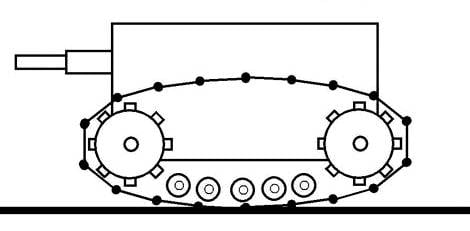
The proposed type of "tank" design of Levasser. Figure Aviarmor.net
However, the technological level of that time imposed serious restrictions. The combat vehicle could not count on getting its own engine and therefore relied only on the strength of the crew. In addition, the wheeled chassis, along with a small clearance, sharply limited the terrain. Correction of these shortcomings either required a radical revision of the project, or was impossible.
A few centuries later, in 1874, a French engineer Eduard Buyen proposed a curious version of a land combat vehicle. His project provided for the creation of a kind of armored train having “endless rails” for moving along arbitrary routes. The design of the machine was divided into eight sections according to the type of wagons. "Caterpillar armored train" was proposed to arm with guns and machine guns.
It is believed that it was E. Buyen who first brought armor in one project, weapon, engine and chassis of high cross. However, this project did not go further than a theoretical study due to a lack of interest from a potential customer. In addition, there were technical problems. The main thing is the insufficient design study, unable to provide high performance. So, the 120-ton machine was supposed to use a steam engine with a capacity of only 40 hp.
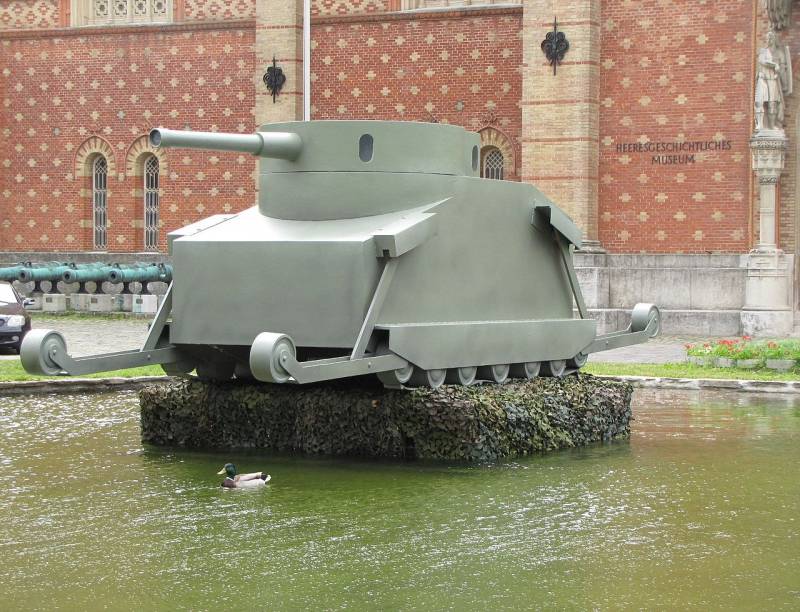
A full-size model of the Motorgeschütz machine designed by G. Burshtyn in the Austrian Heeresgeschichtlichen Museum. Photo: Wikimedia Commons
In the context of the history of armored vehicles often recall the so-called Schumann armored carriage or 5,3 cm L / 24 Fahrpanzer Gruson arr. 1890. It was a lightly armored artillery tower with wheeled drive, suitable for movement with horse drawn traction. If necessary, the carriages were transported to positions and could fire, protecting the crew from bullets and fragments.
Thus, the "Schumann carriage" combined defense, weapons and mobility. However, she lacked the fourth component of the tank - the ability to move independently. However, in this type of armored carriage showed the general potential of mobile protected firearms.
XX century begins
At the beginning of the XX century. all the conditions for the emergence of new classes of military equipment, including tanks. Progress has led to the emergence of compact but powerful enough internal combustion engines, new types of chassis, durable armor and effective weapons. New projects and experiments began. For example, the idea of installing weapons on a car with the goal of increasing mobility quickly came up. Then armor was added to it, and the armored car turned out to be a full-fledged fighting vehicle for the front edge.
Already in 1903, the French officer Levasser proposed constructing a combat vehicle with an armored hull and a 75 mm cannon on the basis of a caterpillar tractor. The project Projet de canon autopropulseur did not receive support, although it was simple and promised certain advantages.
In 1911, the Austro-Hungarian officer Gunter Burshtyn developed the Motorgeschütz armored vehicle. She received a caterpillar undercarriage, supplemented by two pairs (front and rear) of skid levers with rollers. With their help, it was proposed to increase mobility in rough terrain. In the drawings for the patent application, G. Burshtyn also depicted a turret with weapons.
The inventor tried to advance his development, but Austria-Hungary and Germany showed no interest. The project was remembered only in the thirties. By that time, more advanced designs had been created, and the invention of G. Burshtyn was used for "advertising" purposes. It was declared the world's first tank of a modern appearance.
Before the start of the First World War, various designs from many countries, including and from Russia. The project of an "armored vehicle" designed by Vasily Dmitrievich Mendeleev is widely known. He offered a tracked vehicle with anti-shell armor (up to 150 mm) and a 120 mm naval cannon.
The development of the “armored vehicle” continued until 1916, after which the documents were sent to the military department. However, the command was not interested in this project. Soon, the UK used its first tanks at the front, but this did not affect the fate of the project of V. Mendeleev.
As you can see, at the beginning of the XX century. a curious situation developed that persisted even in the early period of the First World War. Achievements of progress have already made it possible to create a tank, even if primitive and with limited efficiency. However, at that time the army commanders did not see the point in such a technique, and the projects did not find support. Thus, for the appearance of the tank, not only certain technologies were required, but also the desire of its future operators.
War is an occasion
The beginning of World War I was an incentive for the emergence of new projects of military vehicles, etc. By the end of 1914, the war ceased to be maneuverable and moved into a positional stage. The warring parties prepared long and developed systems of trenches, before which they deployed a variety of engineering barriers, covered with machine guns and artillery. The situation was further complicated by the fact that the battlefield quickly turned into a “lunar landscape”.
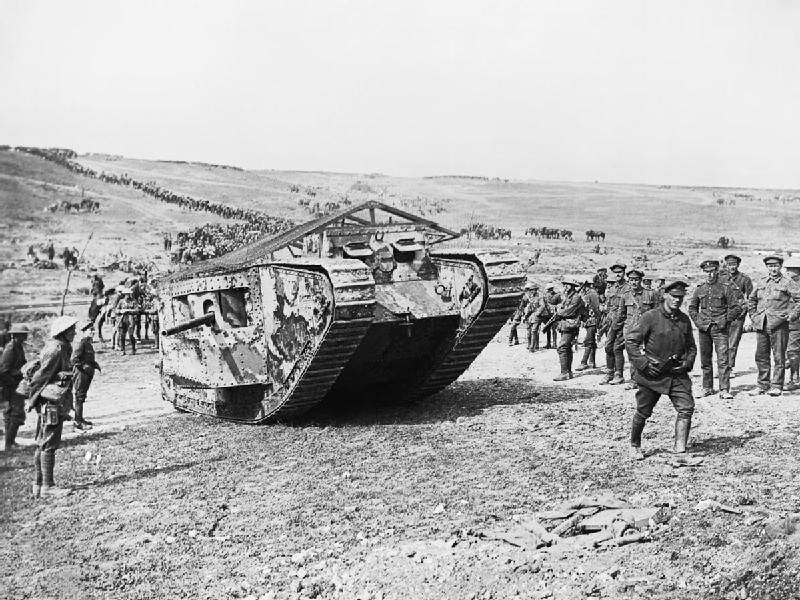
Mark I tank at the front, September 1916. Photo: Imperial War Museum
Work in such a territory was particularly difficult; attempts to overcome obstacles during the offensive ended in excessive losses, regardless of tactical success. New models of technology were required that could operate in such conditions. At the same time, the armored cars did not justify themselves due to insufficient cross-country ability.
At the turn of 1914-1915. several enthusiastic engineers from the British army were able to convince their leadership of the need for research and design work. Already at the beginning of 1915, the first experiments started, in which both existing and newly developed samples of various kinds were studied. Finally, in September, experimental vehicles were launched for testing - the first tanks of Great Britain. Thus, the experienced Little Willie combined a gasoline engine, powerful for its time, a tracked undercarriage, bulletproof armor and (according to the project) cannon-machine gun weapons. In addition, the early British tanks were created by order of the army, which was almost a decisive factor.
A few months later an order appeared for serial production of new equipment, and in September 1916 Mark I armored vehicles went into battle for the first time. They differed significantly from the first experimental samples, but were based on the same ideas and technologies. The first production tanks coped with the tasks of breaking through barriers and supporting infantry. In addition, they laid the foundation for the further development of tank building and related areas.
Opportunities and desires
Thus, the appearance of tanks required the right combination of several factors, which was obtained only at the beginning of the last century. The leading issues were issues of a technical nature. Without the availability of the necessary materials and assemblies, all the desired results could not be obtained. After the appearance of the necessary technologies, the question of the expediency and wishes of the military arose. Far from immediately, the armies understood the full value of the new concept.
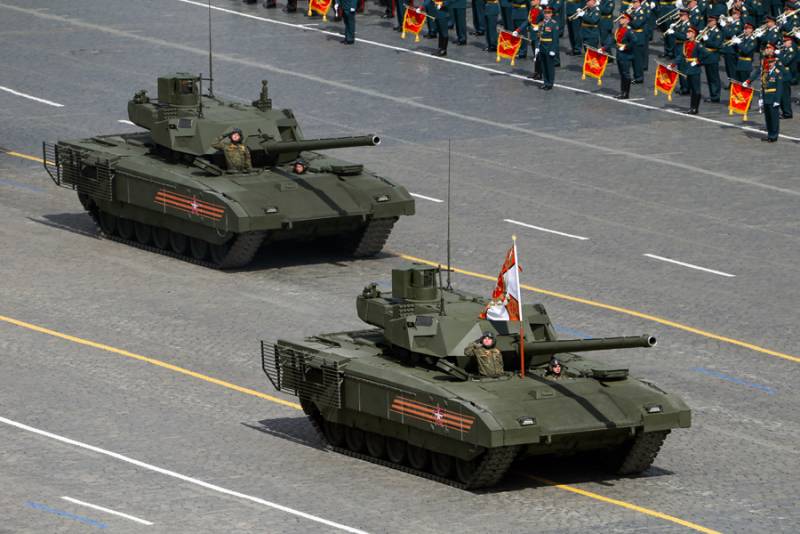
The T-14 Armata is currently the most advanced tank in the world. Photo: Ministry of Defense of the Russian Federation
All major factors converged only after the outbreak of World War I. And the result was the appearance of first experimental, and then serial tanks. In the shortest possible time, several countries immediately took up a promising direction, which had a positive effect on the capabilities of their armies. By this they set an example to other states that were also interested in the subject of armored combat vehicles.
The next few decades were marked by the rapid development of tank building, the massive construction of armored forces and the formation of fundamentally new tactics. In subsequent wars, tanks repeatedly showed and confirmed their high potential, thanks to which they still remain the basis of the striking power of any developed ground forces. All this became possible precisely thanks to the combination of technical capabilities and the wishes of the armies in the distant past.
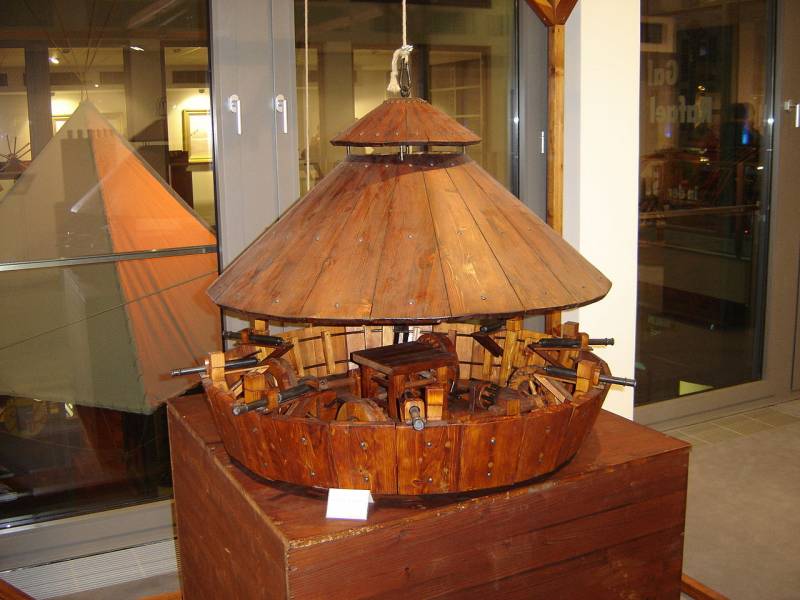

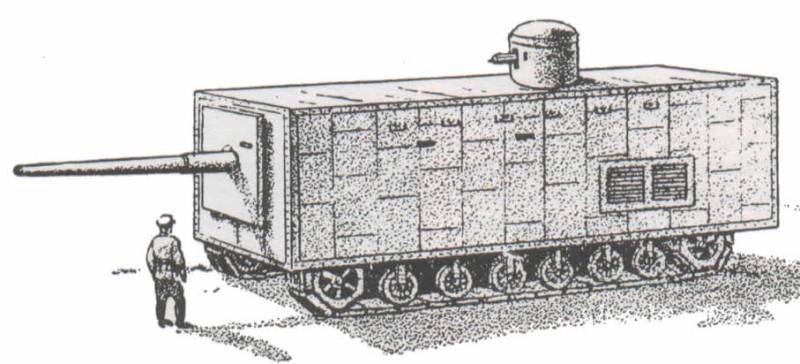
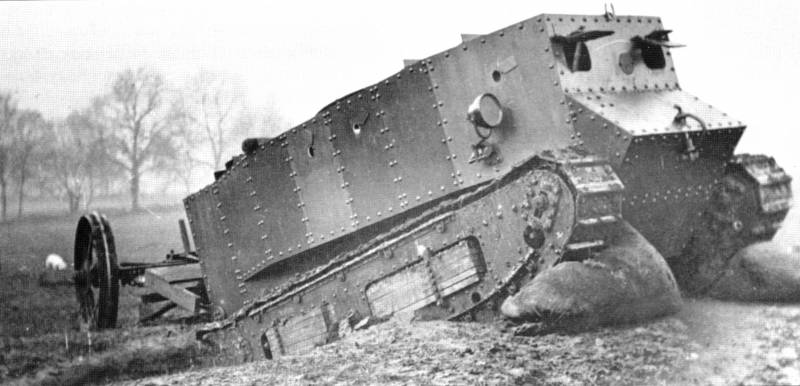
Information